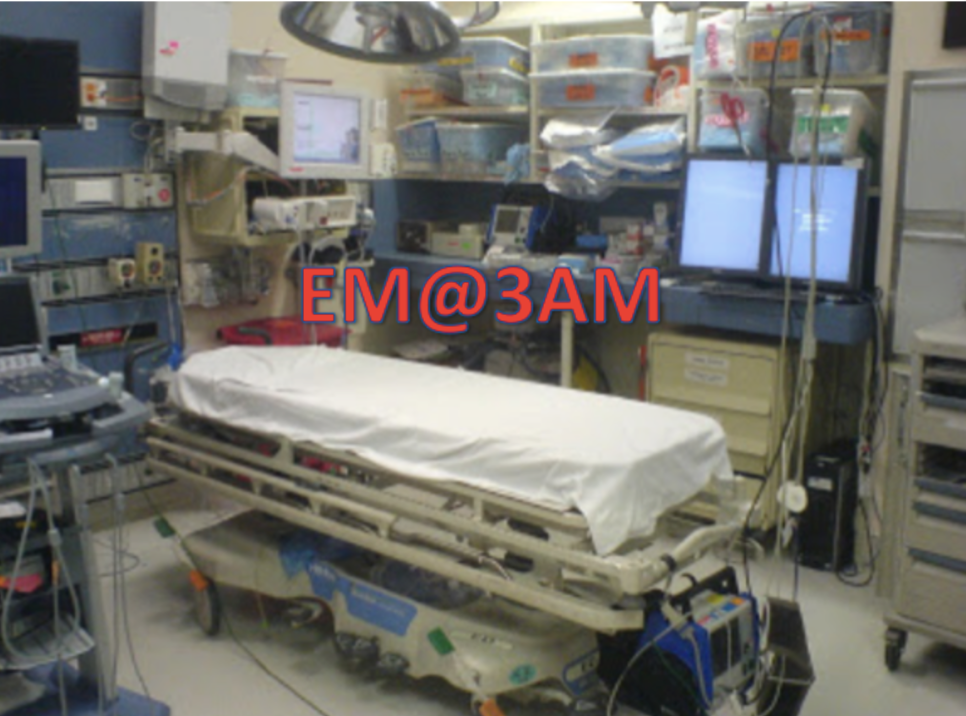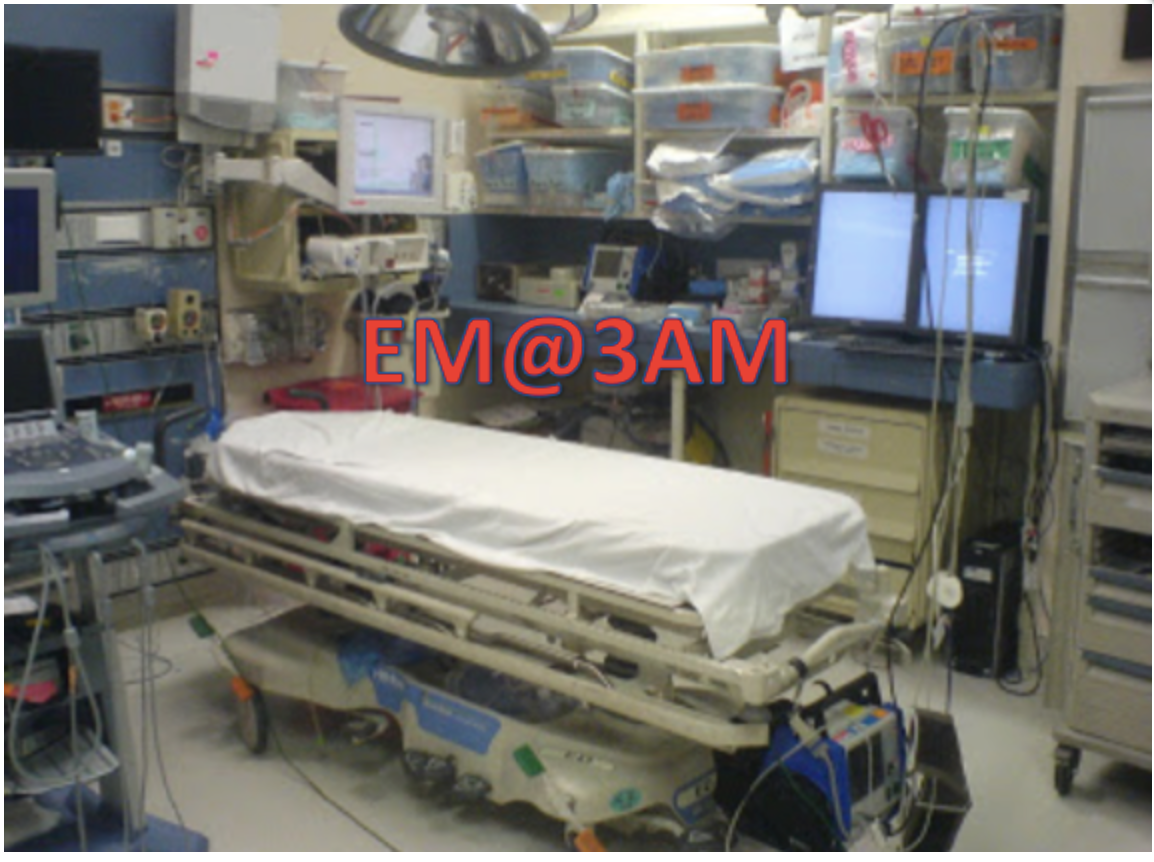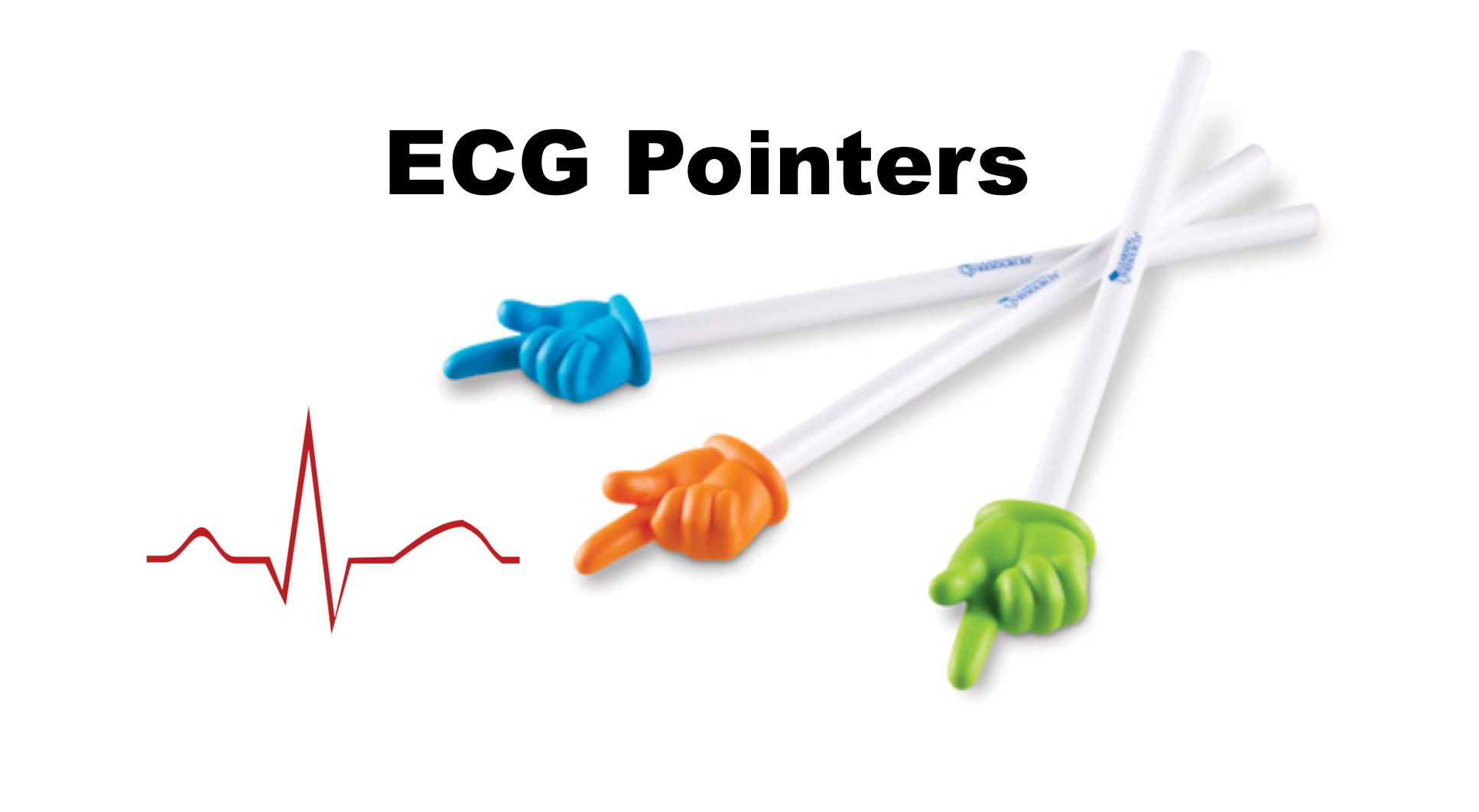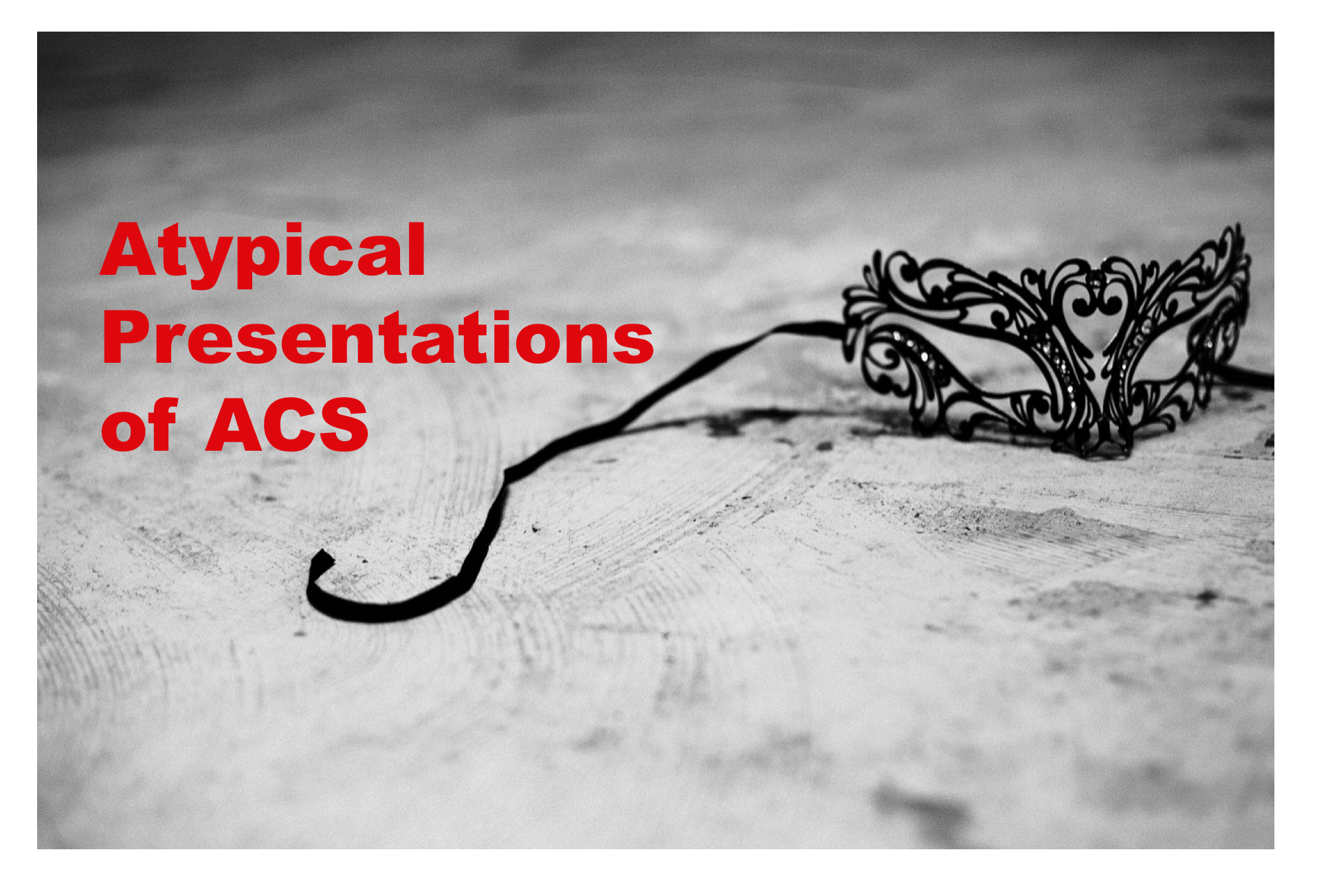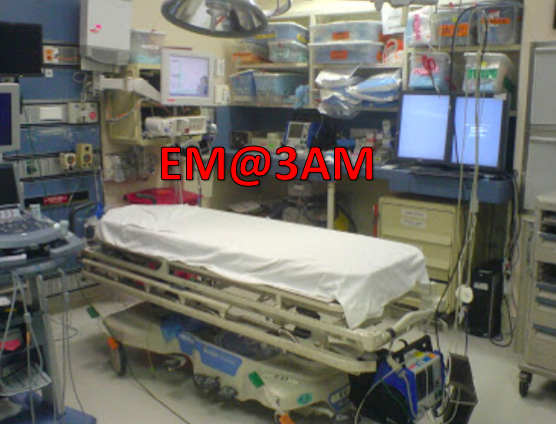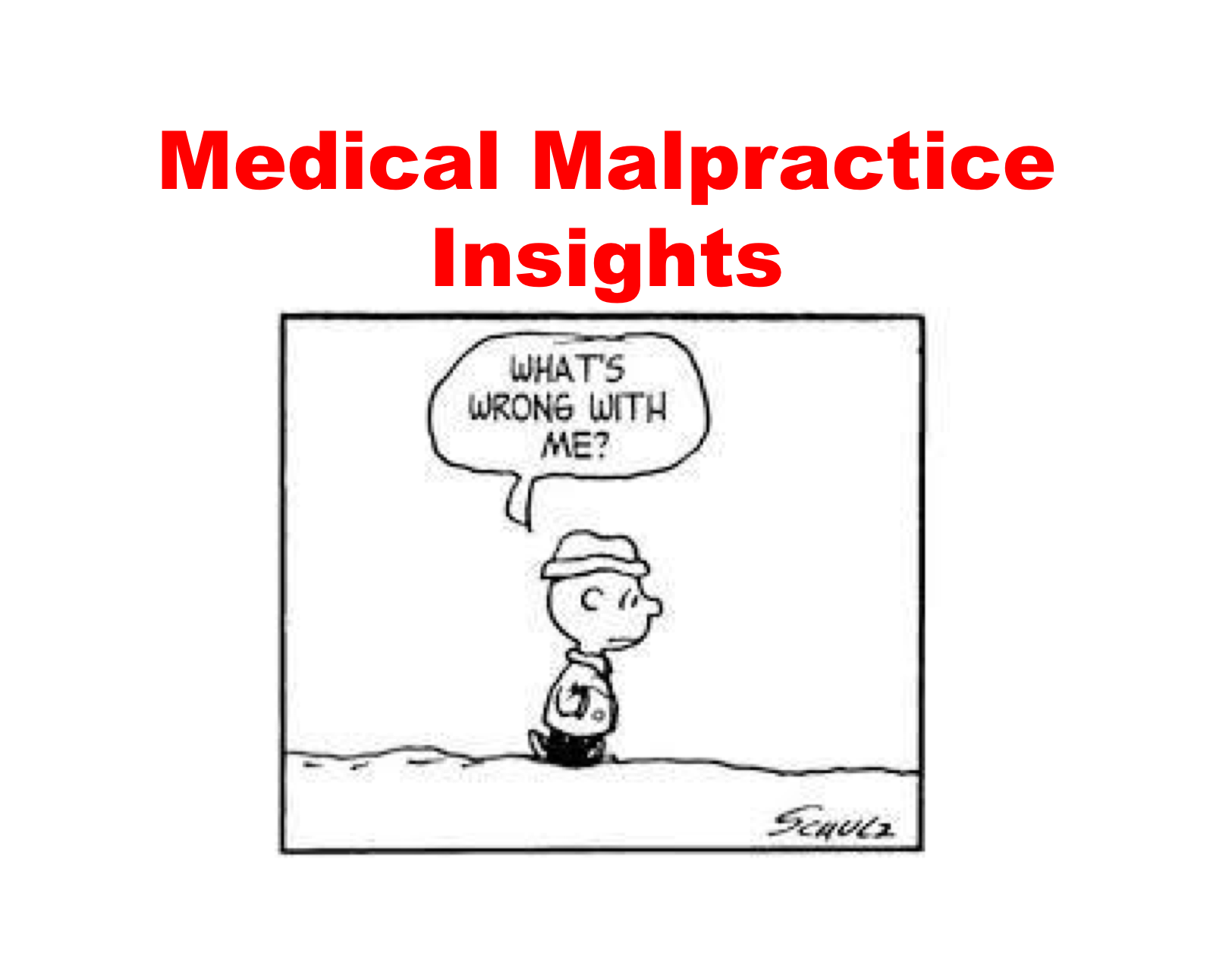- Dec 29th, 2018
- Henry DeYoung
- leave a comment
- categories:
Search Results for: chest pain
- Mar 31st, 2018
- Brit Long
- leave a comment
- categories:
A 28-year-old female presents with right lower leg swelling and redness. She just returned from an overseas flight. She denies chest pain or shortness of breath. VS are normal, and her right lower leg is swollen, with diameter > 3 cm compared to her left. What’s the next step in your evaluation and treatment?
- Mar 3rd, 2018
- Brit Long
- leave a comment
- categories:
A 18-year-old male presents with chest pain and shortness of breath for several days. Approximately one week prior he was suffering from myalgia, congestion, sore throat, and fever and was diagnosed with an upper respiratory infection. Today his vitals are HR 132, RR 28, BP 92/48, T 37.8 C, and Sats 95% on RA. What should you consider, and what are your next steps?
- Feb 10th, 2018
- Katharine White
- leave a comment
- categories:
- Dec 12th, 2017
- Manpreet Singh
- leave a comment
- categories:
- Aug 28th, 2017
- David Cisewski
- leave a comment
- categories:
- Jul 23rd, 2017
- Erica Simon
- leave a comment
- categories:
- Jun 7th, 2017
- Chuck Pilcher
- leave a comment
- categories:
